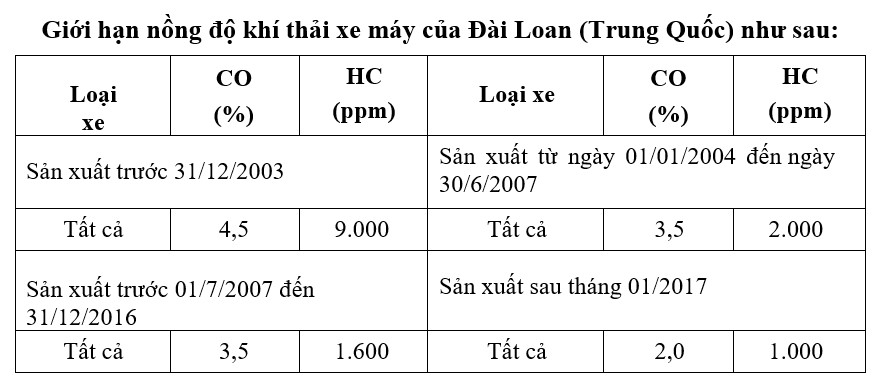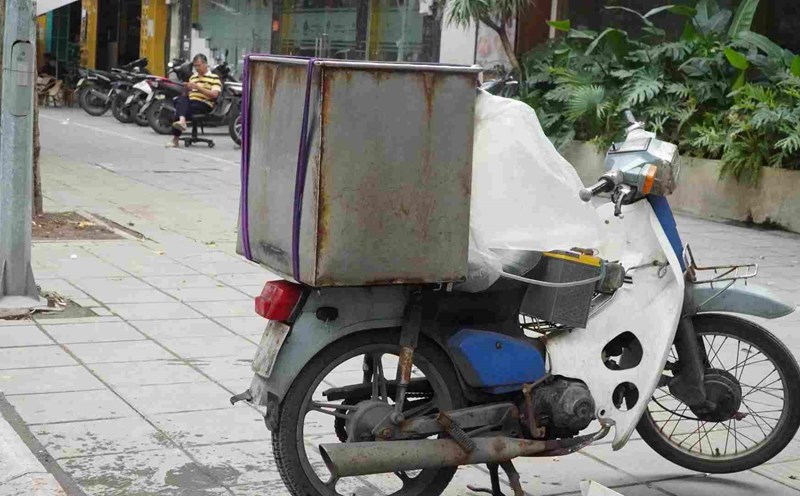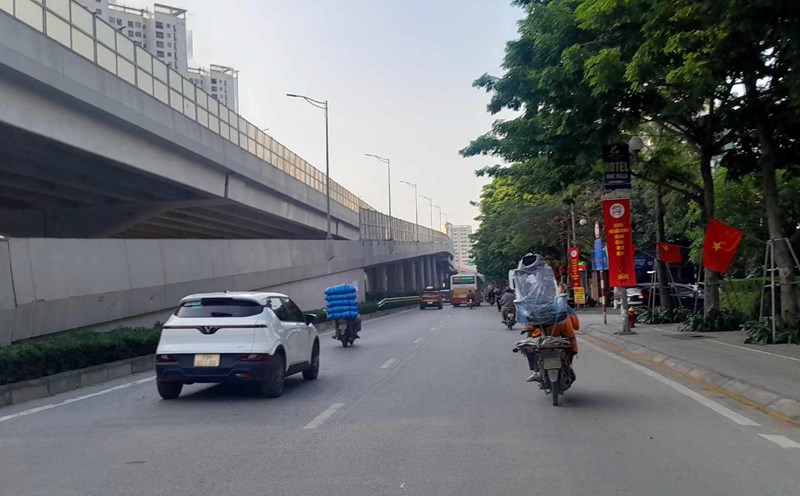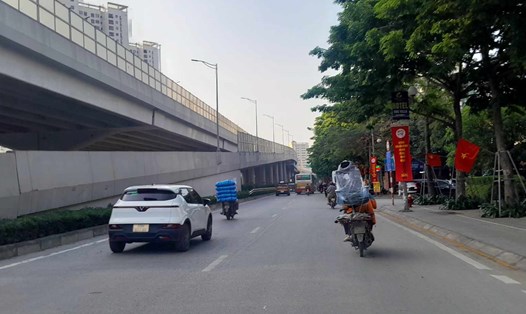International experience
Not only Vietnam, but currently some countries have applied regulations on motorbike emission inspection. The policy is applied by countries according to the following process: The central government issues regulations on motorbike emission control and local governments are the ones to implement.
The regulations include emission standards for vehicles in circulation, processes, procedures for emission inspection, data collection and requirements for management and implementation supervision mechanisms.
Payment for inspection costs: most countries regulate vehicle owners to pay for emission inspection costs and costs related to implementation supervision.
Some countries have policies to support people with the cost of emission testing. After checking emissions, all vehicles are labeled for inspection to recognize when participating in traffic.
Here is the experience of managing in some places with a large number of motorbikes in circulation similar to Vietnam:
Taiwan (China)
Taiwan (China) has a large number of motorbikes in circulation, so the issuance of emission standards for these vehicles in circulation was applied quite early.
Here, the government is interested in the emissions of motorbikes in circulation since 1993, piloting not- martial arts with vehicles, developing regulations related to emission standards for vehicles in circulation, processes, procedures for emission inspection, building a system of inspection and maintenance stations.
By 1995, regulations related to inspection and maintenance stations were disseminated to the people on the media.
From 1996 to 1998, it was divided into three phases to pilot the inspection of vehicle emissions in major cities, after each phase the number of cities and inspection and maintenance stations increased.
In 2005, Taiwan (China) officially proposed measures to collect inspection fees, establish and complete an immediate communication network system with inspection results, preventing vehicles from not reaching traffic.

Thailand
Thailand is also a country with a large number of motorbikes in circulation, motorbikes in circulation alone for more than 5 years must be inspected. For passenger motorbikes, they must be inspected immediately after registration.
The inspection frequency for the above vehicles is once a year. The inspection point is arranged in combination with the Automobile Inspection Center, the maintenance and repair facility of a motorbike dealer, and is inspected and licensed to operate every year.
Thailand began applying inspection in 1993 in Bangkok and 23 cities in 17 provinces. To date, there are 1,917 locations in 76 provinces and cities across the country. Bangkok has 184 points. In addition to emissions, motorbikes must also check lights, noise, and horns.
Direct collection fees during the inspection.

India
India is also a country with a large number of motorbikes in circulation. In 2004, India applied emission testing for motorbikes in circulation, with about 5,000 inspection points, while Delhi alone had 400 points.
Many independent inspection points, most of which are private, many inspection points are mobile vehicles on the roadside, in addition to emission inspection points for both cars and motorbikes, motorbikes, and vehicles that will have certificates after inspection. The current management situation is quite lax, with many scams in inspection, and people do not feel good about it.

According to the draft on motorbike emission standards in Vietnam, the maximum allowable limit values of CO and HC parameters are as follows:












